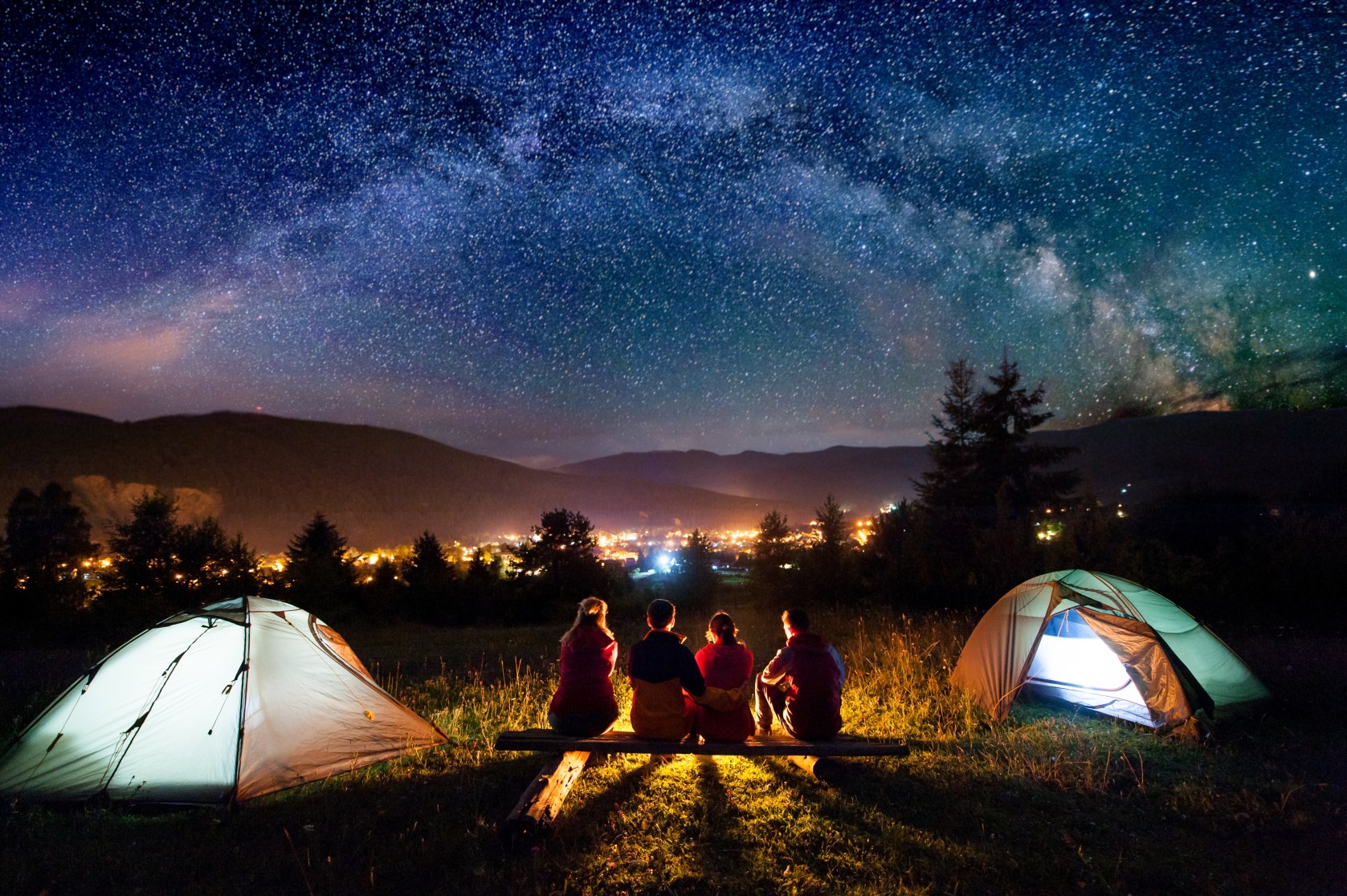
Heavy Rain, Flooding, and Chance of Severe Weather Staring Down the Southern U.S.
January 22, 2024
Posted: June 2, 2022 10:08 am





Although June offers the shortest nights of the year throughout the Northern Hemisphere, the sixth month is not short on celestial offerings. Here is what you can expect to see in the night skies during the month of June.
A number of supermoons will take up position in the night skies during the middle of June. The first full moon of this type in almost a year will rise in the night skies on June 13 and into the early morning hours of June 14. A supermoon is distinguished by its larger appearance and brightness. June 24, 2021 was the last time that a supermoon lit up the sky.
Many astronomers refer to the June full moon as the Strawberry Moon due to its timing during the prime strawberry picking season. Stargazers will get a second chance to see a supermoon on July 13. The last supermoon of 2022 will rise on August 11.
The summer solstice marks the official start of the season, ushering in the longest day of the year and the subsequent shortest night in the Northern Hemisphere. Conversely, June 21 is the longest night and shortest day of the year for those in the Southern Hemisphere. The official start for the summer solstice in the U.S. is 5:13 am EDT on June 21.
Once this date has passed, the Northern Hemisphere will be on the downswing with the days becoming shorter and the nights slowly growing longer until the winter solstice happens in December.
Despite the shorter nights, there is still plenty to see in the sky during this time of the year. For example, the days surrounding the summer solstice are also the time of the year when you are most likely to spot the stunning noctilucent clouds in the sky. Known as the highest clouds in the atmosphere, the shimmering beauties typically float about 50 miles above the surface of the atmosphere. This high altitude is noticeably different than most clouds that generally take form about 10 miles from the ground.
You will find these clouds in higher latitudes in the days surrounding the summer solstice because of the way that the sun angles off the Earth before sunrise and just after sunset. Noctilucent clouds are most usually spotted in the northern tier of the U.S. such as through Washington, Michigan, and other states with these higher latitudes.
A special arrangement of five planets will light up the dark skies by the end of the month. Mercury, Venus, Mars, Jupiter, and Saturn are set to appear in this order in the sky just before dawn in the latter half of the month. While this alignment will last about two weeks, the planets will appear with the moon on June 14. Be sure to check your local weather forecast to find the best chance of a clear sky if you want to spot these five celestial beings in alignment.
The reason why astronomers are eyeing June 24 as the best chance to view this alignment has to do with the moon. On this date, the crescent moon will move between Venus and Mars, marking a distinctive sight.
You will be able to spot the moon between the planets at about an hour before sunrise in your area. The planets will all be visible with the naked eye. Mercury is generally the most challenging to spot because of its dim nature when compared to the other planets.
To put into perspective how rare this alignment truly is, it will be August 2040 the next time that these planets line up in this order.
Sharing is caring! Did you find this content useful? Feel free to bookmark or to post to your timeline for reference later!

January 21, 2024

January 19, 2024

January 18, 2024